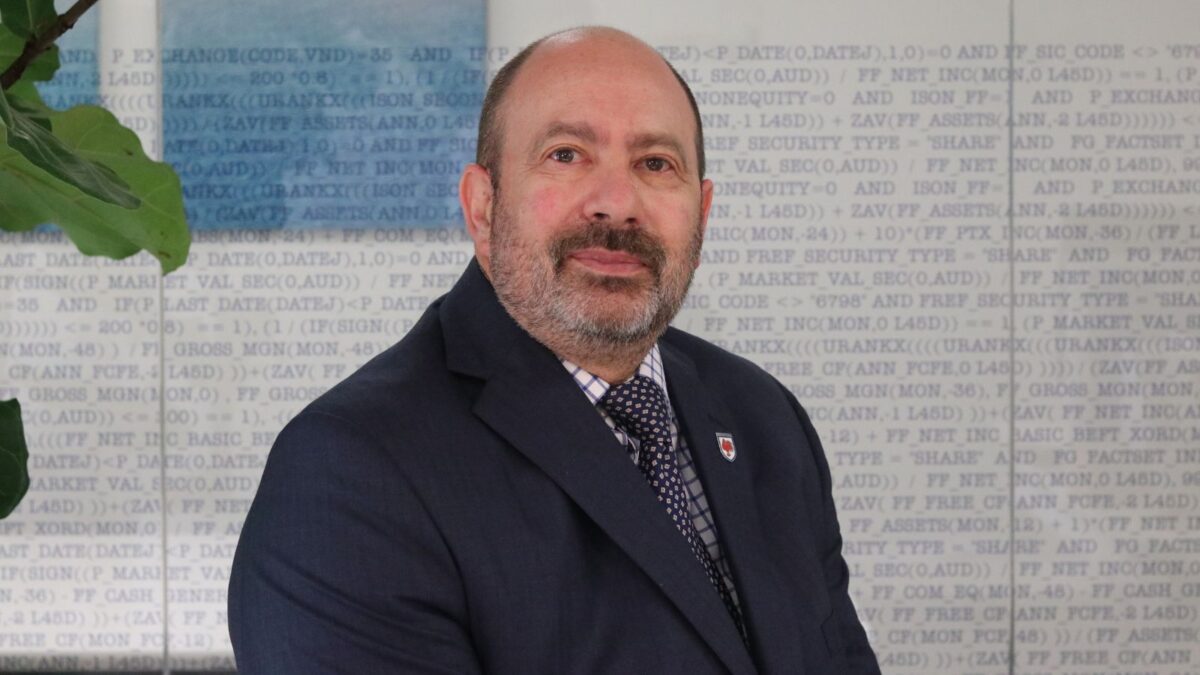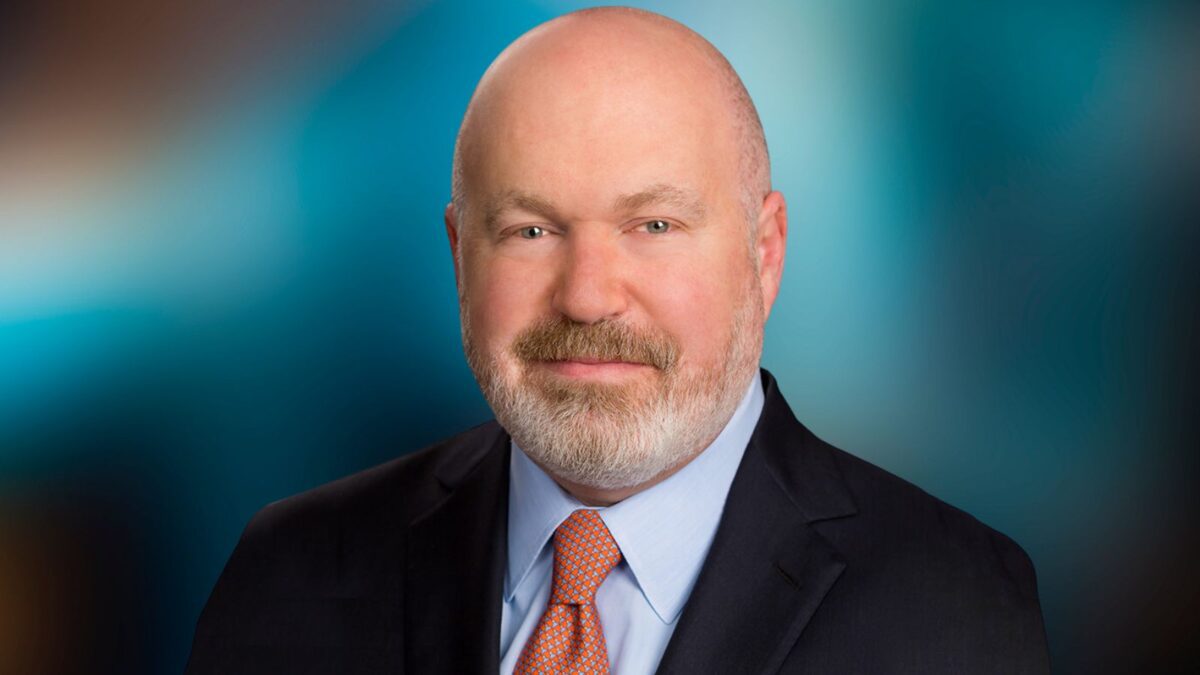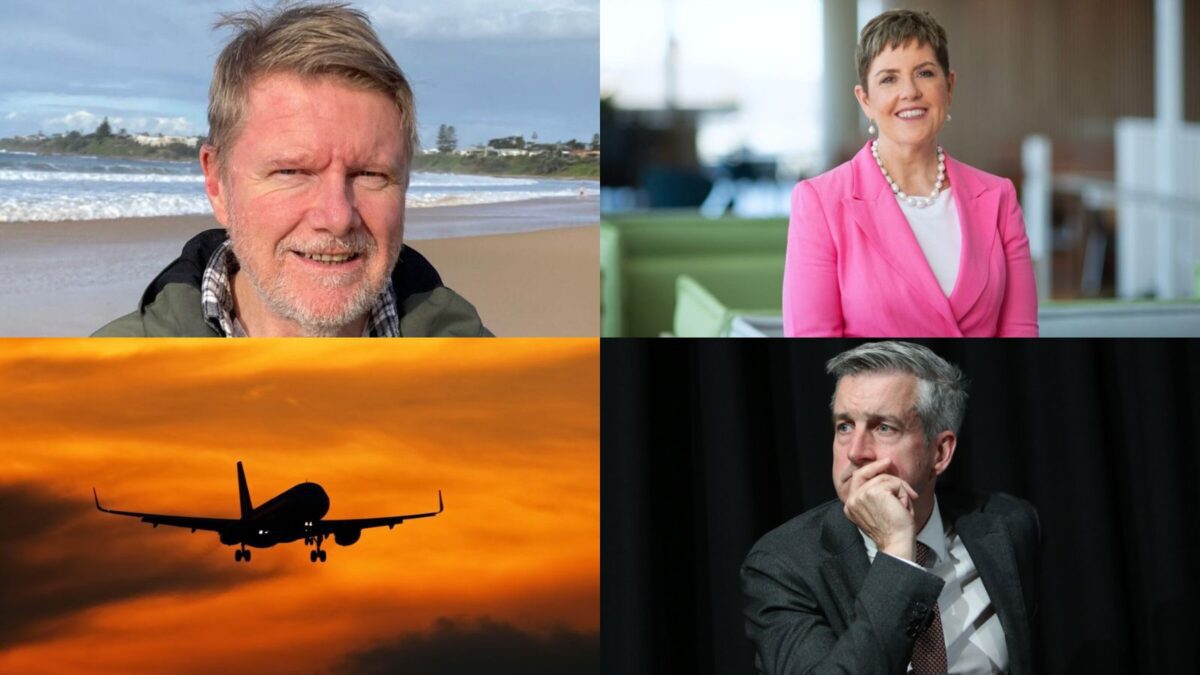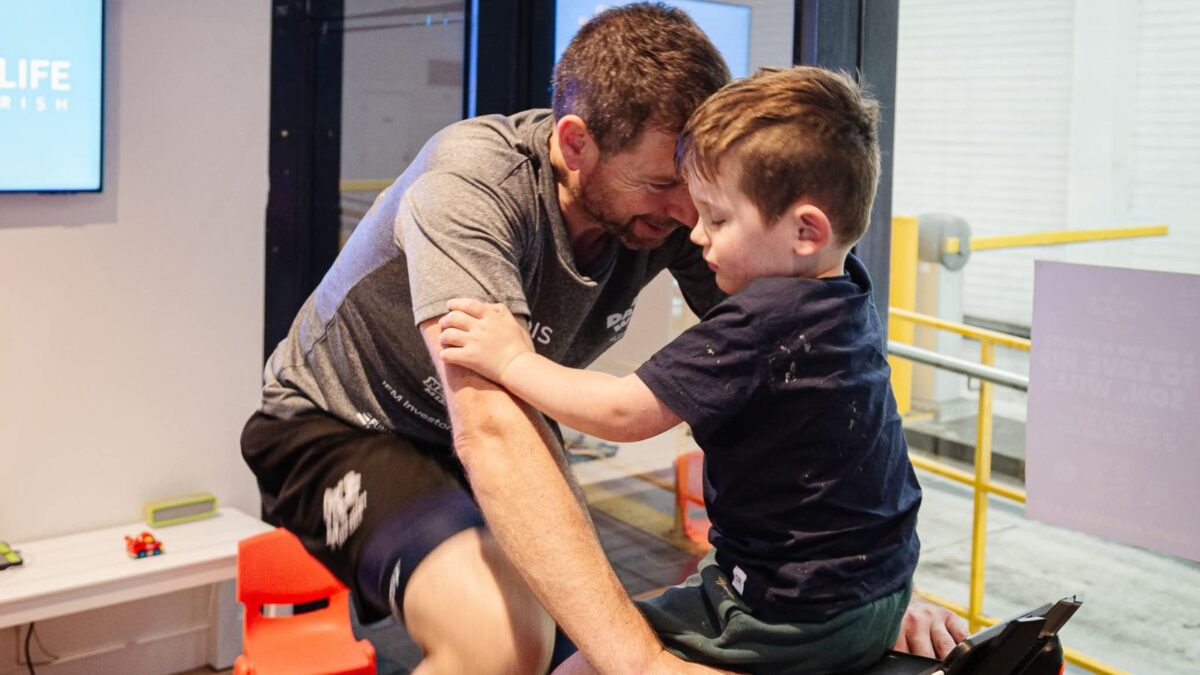Where to find growth as the great yield search ends
(Pictured: David Eiswert)
David Eiswert makes his living by asking the question of himself and his fellow portfolio managers at T. Rowe Price: ‘will what has made an investment a good one in the past continue to make it so in the future?’ When he and his colleagues ask the same question at a macro level, they come to the conclusion that the great yield search of the years since the global financial crisis is finally over.
“It’s been a factor-driven market for the past few years,” Eiswert said this week at a client briefing in Sydney. “The world is convinced that we are in a deflationary period. That’s the mindset. CEOs behave in a way that markets reward them, so they have started to pay or increase dividends and to not re-invest in their businesses. They want their stocks to look as much like a bond as they can. The problem with this is that it eventually destroys itself.”
The next phase in such a yield-chasing world is what we are going through now, he says. Because of deflationary expectations companies have been trying to take out production capacity from the system, resulting in increased M&A activity. “It probably started about a year ago but we are entering a major M&A cycle,” Eiswert says. “We are now at the tipping point because we are on the verge of inflation in the US… It’s pretty clear that this is the year that interest rates are going up in the US.”
Eiswert is the portfolio manager of T. Rowe Price’s Global Focused Growth Equity strategy, a high-conviction portfolio of 70-80 stocks across developed and emerging markets. He has been at the firm for about 11 years, starting as an analyst and moving on to run the global technology strategy in 2008, before being promoted to run the broader-market high-alpha strategy in 2012.
The Global Focused Growth Equity strategy is one of three flagships for T. Rowe Price, the others being a more diverse, 130-stock Global Growth Equity strategy and a 100-stock Global Value Equity Strategy.
Interestingly, T. Rowe Price has concentrated on offering the two growth strategies to Australian investors to date but will launch the value strategy here from later this year, according to Murray Brewer, T. Rowe Price’s Australian head of distribution.
In the briefing this week, clients were told that T. Rowe Price was expanding its footprint, through a new Melbourne office opened last year to complement the established Sydney office, and the breadth of its range. “We have clients across Australian equities, fixed income, global equities, emerging markets equities, Asia ex-Japan equities and others,” Brewer said. Of T. Rowe Price’s 5,800 employees around the world, about 216 were research analysts.
T. Rowe Price in general and Eiswert’s team in particular are stock-pickers who search for investment insights to add value. And those insights are continually questioned and updated. There are four key parts of the Global Focused Growth Equity process:
> The ‘platform’, which consists of the analysts, sector managers and researchers
> The ‘framework’, which is the structure of decision making or, as Eiswert puts it: “how I survived and we delivered good performance”. It is the way quality companies are viewed and then selected according to insights, with the aim being that they outperform over time.
> A team of three people supporting Eiswert, including long-time associate portfolio manager Josh Nelson, who “dig deeper into the platform” to study the insights, and
> The portfolio – how it is constructed, where are the factor risks, where are the “hot spots” where the managers are taking their bets.
“The trick is the insight,” Eiswert says. “It is what the market doesn’t see or understand. We seek to identify that and then start the selection process… We end up with 70-80 names [from a universe of about 1,000 ‘buyable’ stocks]. Why don’t we own more? Because we might lose track of them. Why don’t we own less? Because we have a lot of good ideas.”
Valuations matter, according to Eiswert and his team, but they matter most at the extremes. Most of the time there is little or no precision in stock valuations. “We use valuations as the primary tool when a stock is seen as extremely cheap or expensive, but otherwise we are looking for insights to drive a higher stock price due to improving return on capital over, generally, a one-to-two-year time horizon.”
Eiswert says the investment thesis, or insight, matters most. For instance, he says: “One cheap stock we bought was a generic drug company, but it also had a strong thesis. It was under-earning and spending to meet regulations. Now, it’s a leader in biosimilars likely to be a big growth driver in 2016-17 and has recently received an acquisition offer from Pfizer. Similarly, when we sell stocks, sometimes it’s when valuations get to an unsustainable point, but mostly because the fundamentals have played out, or we were just plain wrong.”
The most difficult sell decision the managers have to make is when they need to make way for a new great insight on which they’d like to make a big bet. “The hardest part of our sell process, definitely the most painful, is when someone comes up with a great idea and I have to ask my team to bring me their top-two sells. It’s sometimes like having to give away your children. Often it’s a stock which has worked very well for us, but we ask the questions and make the comparisons as to its future returns. We have checks and balances to see whether it will continue to work for us,” Eiswert says.
Specifically, the team looks for an attractive industry structure, sustainable competitive advantage, market share gains, favourable business cycle, shareholder-focused management team and positive change dynamics.
More specifically, in the current landscape, the Global Focused Growth Equity strategy favours industrials, information technology, consumer discretionary stocks, health care materials and financials (which should benefit from a rising interest rate regime in the US). Out of favour are consumer staples, energy stocks, telecoms and utilities. This has led, as a fall-out of the bottom-up process, to a big overweight to the US and lesser overweights to Pacific ex-Japan, Latin America and Middle East and Africa, compared with the MSCI All Country World Index.
Given its average horizon of one-two years, the strategy has a relatively high turnover rate of over 100 per cent.
Some stocks are also held for a lot longer than the average. Apple, for instance, was a three-year thesis for Eiswert’s team, because mainly of the firm’s product cycle. Eiswert, personally, was the T. Rowe Price Apple analyst and he is clearly very familiar with the ins and outs of the company.
“Today, Apple is a “second-best” thesis. The “first best” thesis in Apple was in the fall of last year. We’ve been taking our weighting down but we still want to own it.”
For the financials, on which the T. Rowe Price strategy has a healthy weighting, Eiswert believes that we are at the peak of the “regulatory headwind” for banks and the structure of that industry is improving.
He says that ‘value’ managers could do well out of financials too, given they are under-appreciated at the moment, but the T. Rowe Price view of ‘value’ is not necessarily the norm. “Some people may see a value stock but we may see it as an improving-returns story,” Eiswert says.
Since he took over as portfolio manager, the Global Focused Growth Equity strategy has been excellent.
Important information:
The specific securities identified and described do not represent all of the securities purchased, sold, or recommended for clients in the composite and no assumptions should be made that the securities identified and discussed were or will be profitable.
This article is provided for information purposes only and is not intended to reflect a current or past recommendation, investment advice of any kind, or a solicitation of an offer to buy or sell any securities, T. Rowe Price products or investment services. Past performance cannot guarantee future results. Information contained herein is based upon sources we consider to be reliable; we do not however guarantee its accuracy. This article provides opinions and commentary that do not take into account the investment objectives or financial situation of any particular investors or class of investor. Investors will need to consider their own circumstances before making an investment decision. The views contained herein are as of 30 March 2015 and may have changed since that time.
Issued in Australia by T. Rowe Price International Ltd (“TRPIL”) (ABN 84 104 852 191), Level 50, Governor Phillip Tower, 1 Farrer Place, Suite 50B, Sydney, NSW 2000, Australia. TRPIL is exempt from the requirement to hold an Australian Financial Services license (“AFSL”) in respect of the financial services it provides in Australia. TRPIL is authorised and regulated by the UK Financial Conduct Authority (the “FCA”) under UK laws, which differ from Australian laws. For Wholesale Clients only.
Issued in New Zealand by T. Rowe Price International Ltd (“TRPIL”). TRPIL is authorised and regulated by the UK Financial Conduct Authority under UK Laws, which differ from New Zealand laws. This material is intended only for use by persons who are not members of the public, by virtue of section 3(2)(a)(ii) of the Securities Act 1978.
T. ROWE PRICE, INVEST WITH CONFIDENCE and the Bighorn Sheep design are, collectively and/or apart, trademarks or registered trademarks of T. Rowe Price Group, Inc. in the United States, European Union, and other countries. This material is intended for use only in select countries.
2015-GL-1674









